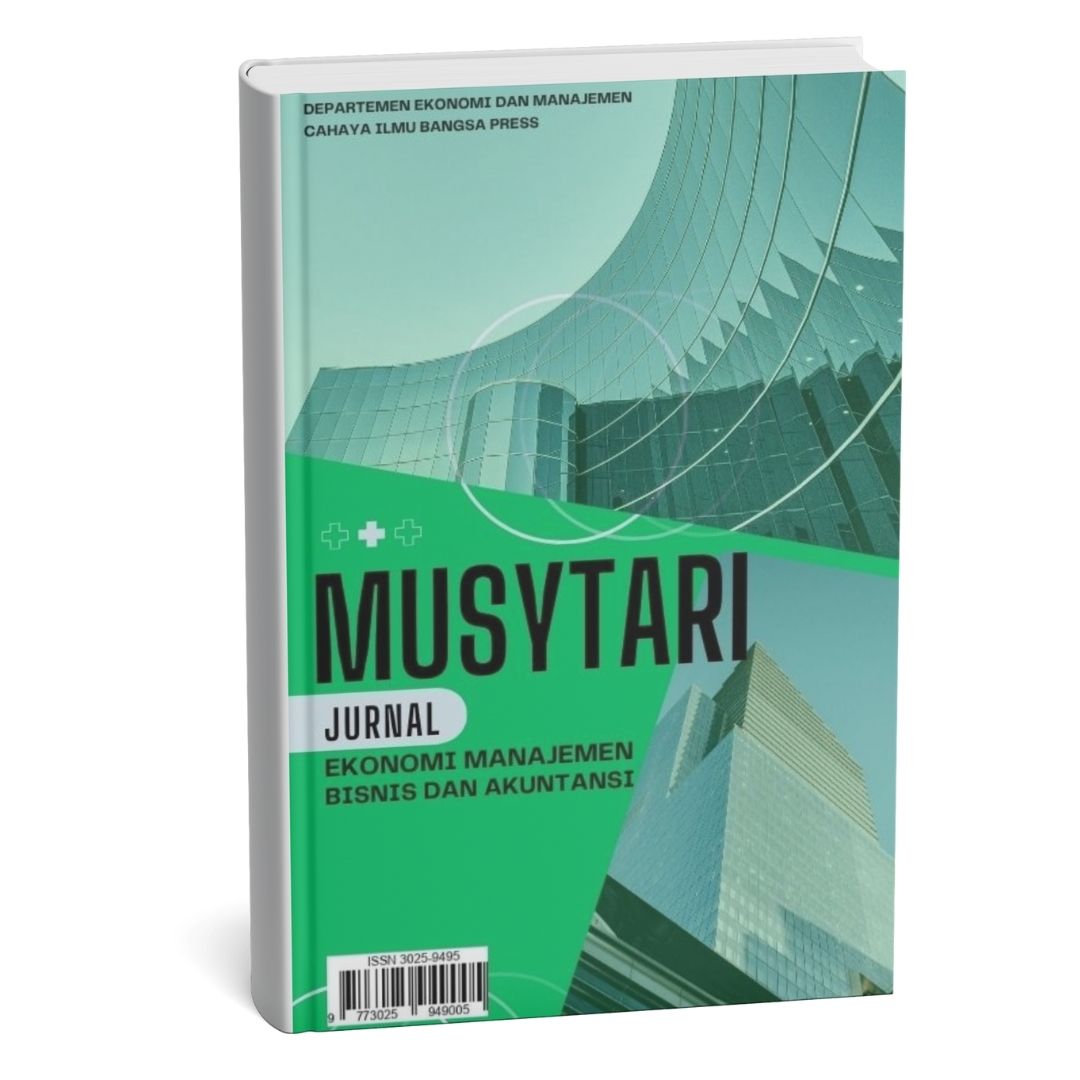KESIAPAN MAHASISWA MANAJEMEN MENGHADAPI TANTANGAN TRANSFORMASI DIGITAL BERBASIS ARTIFICIAL INTELLIGENCE (AI).
Published 2025-07-03
Keywords
- Artificial Intelligence,
- digital transformation,
- student readiness,
- management
How to Cite
Abstract
he increasingly rapid digital transformation has driven major changes in the world of management, especially with the presence of Artificial Intelligence (AI) technology which is increasingly widely used in business decision-making processes. This study aims to analyze the level of readiness of management students in facing the challenges of AI-based digital transformation, focusing on three main aspects: knowledge of AI, attitudes towards AI, and digital skills. The study was conducted using a descriptive quantitative approach to 20 active students of the Management Study Program at the Andi Sapada Institute. The instrument used was a Likert scale questionnaire 1–5 and was analyzed using descriptive statistics. The results of the study showed that students had fairly good knowledge of AI (average score 3.60) and a very positive attitude towards the technology (average 4.05). However, their practical digital skills were still relatively low (average 2.90). These findings indicate the need to improve students' technical competence through training, technology-based curriculum integration, and collaboration with industry. This study contributes to the development of digital readiness literature in higher education and is an important input for institutions in designing learning strategies that are adaptive to the AI-based industrial era.
References
- Anisah, S., & Utami, T. (2023). Persepsi dan kesiapan mahasiswa terhadap adopsi artificial intelligence dalam pembelajaran akuntansi. Jurnal Ilmu Manajemen Telkom University, 5(1), 44–52.
- Kannan, P. K., & Li, H. (2017). Digital marketing: A framework, review and research agenda. International Journal of Research in Marketing, 34(1), 22–45.
- Kotler, P., & Keller, K. L. (2016). Marketing management (15th ed.). Pearson Education.
- Kurniawan, D., Prasetyo, M., & Permadi, H. (2023). Pengaruh literasi digital dan pemanfaatan teknologi terhadap kesiapan kerja mahasiswa. Jurnal Ilmu Manajemen Terapan, 8(1), 45–56.
- Maulydia, E., Sari, R. P., & Baharuddin. (2023). Efikasi diri dan keterampilan digital terhadap kesiapan kerja mahasiswa perbankan syariah di era Society 5.0. Jurnal Menawan: Manajemen, Ekonomi Syariah dan Keuangan Islam, 5(1), 11–20.
- Mellyna, L. Y., Febrina, D., & Armyn, H. (2023). Persepsi mahasiswa terhadap efektivitas pembelajaran daring di era digital. Jurnal Ekonomi, Bisnis, dan Digital (JEBD), 2(1), 28–36.
- Mulyani, S., & Andriani, F. (2020). Kesiapan sumber daya manusia menghadapi digitalisasi manajemen. Jurnal Riset dan Kajian Ilmu Ekonomi, 6(1), 12–22.
- Prabowo, Y., & Aulia, D. (2022). Analisis peran AI dalam strategi bisnis era digital. Jurnal Ekonomi dan Bisnis Digital, 3(2), 77–85.
- Rahmah, N., & Farhan, A. (2023). Implementasi kecerdasan buatan dalam pengambilan keputusan manajerial. Jurnal Sistem Informasi dan Bisnis, 11(1), 25–34.
- Rahma, N., & Hardiningsih, H. (2024). Implementasi kurikulum berbasis AI untuk meningkatkan kompetensi dan kepercayaan diri siswa dalam pembelajaran daring. Jurnal Al-Kharaj: Jurnal Ekonomi, Keuangan & Bisnis Syariah, 6(1), 61–69
- Sari, M., & Ramadhan, F. (2020). Literasi AI dan dampaknya pada kesiapan lulusan perguruan tinggi. Jurnal Pendidikan Teknologi dan Kejuruan, 20(3), 211–221.
- Sagala, K. I., Sianturi, L., & Sipayung, G. F. (2025). Pengaruh penggunaan Artificial Intelligence (AI) dan jaringan internet kampus terhadap motivasi belajar mahasiswa Fakultas Ekonomi dan Bisnis, Prodi Manajemen di Universitas HKBP Nommensen Medan. Jurnal Media Informatika, 6(2), 1395–1400
- Sutrisno, D. (2019). Pendidikan tinggi dalam menghadapi disrupsi digital. Jurnal Pendidikan Indonesia, 8(1), 45–52.
- Yollanda, A. N., & Ramona, D. M. (2024). Pemanfaatan kecerdasan buatan (AI) dalam pendidikan tinggi: Tinjauan literatur. Jurnal Sintamai: Sistem Informasi dan Teknologi Informasi, 4(2), 55–63.

